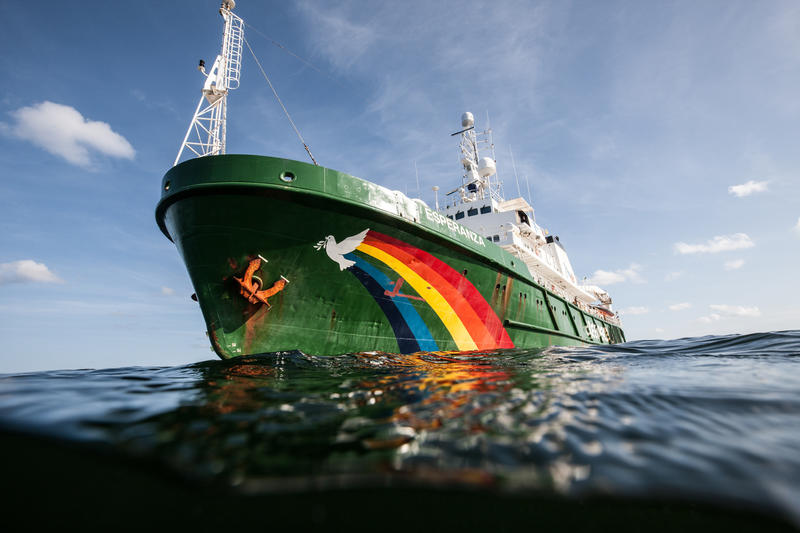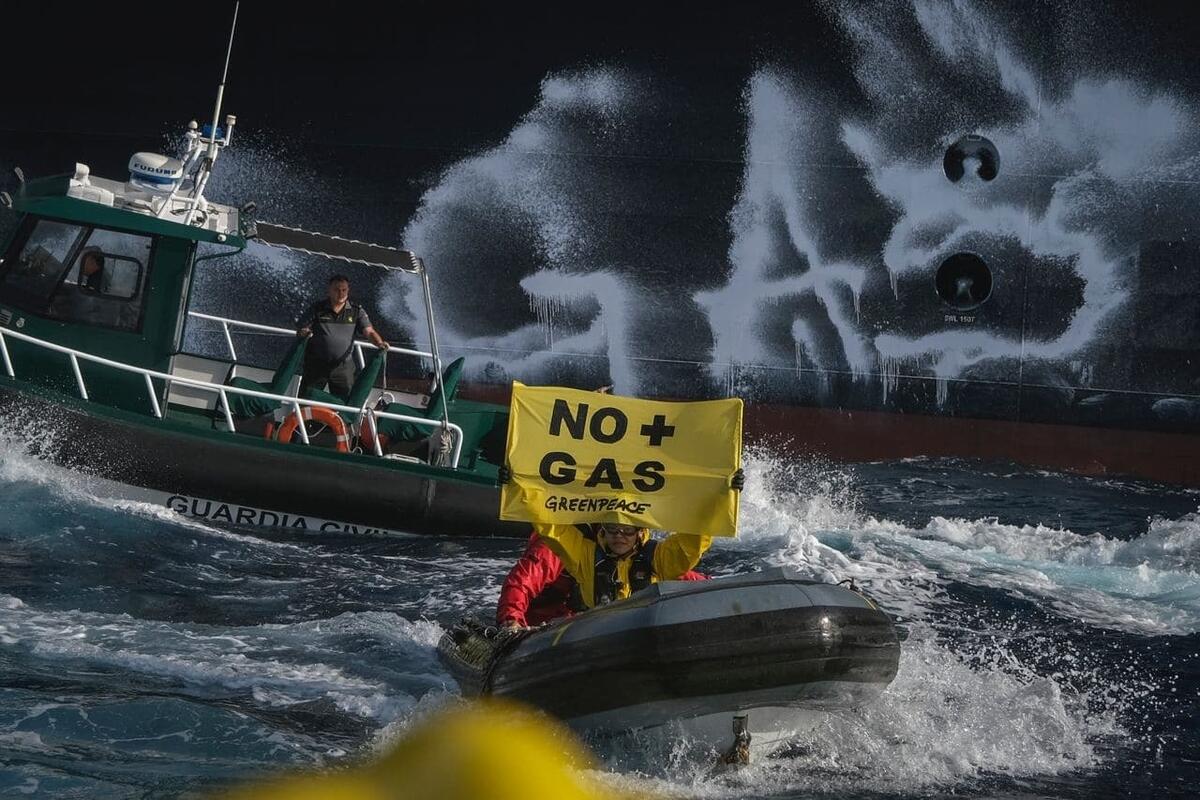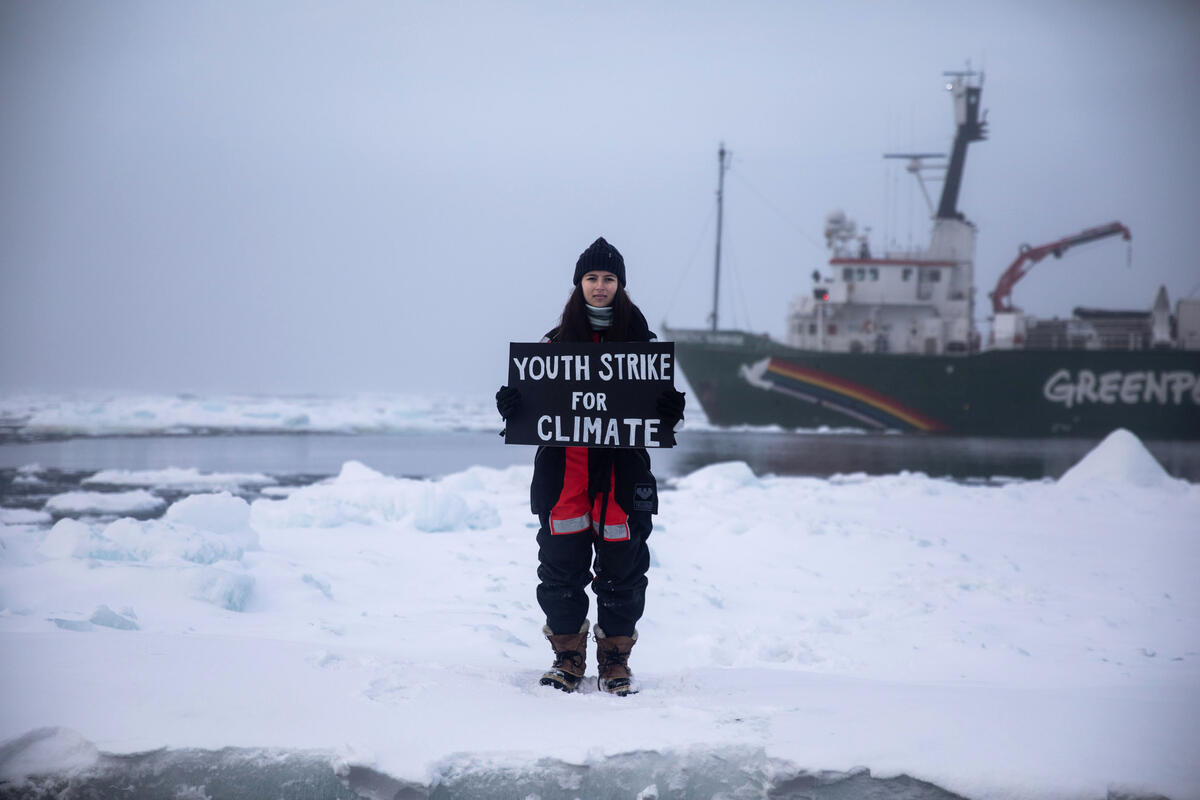The findings from the Esperanza’s most recent research spell trouble for the vaquita. For the past seven days, activists onboard the Esperanza have been patrolling the Gulf of California waters for illegal fishing nets. In that period, they found ten gillnets near the Bay of San Felipe, Mexico, and identified boats allegedly fishing inside the protected habitat of the vaquita.
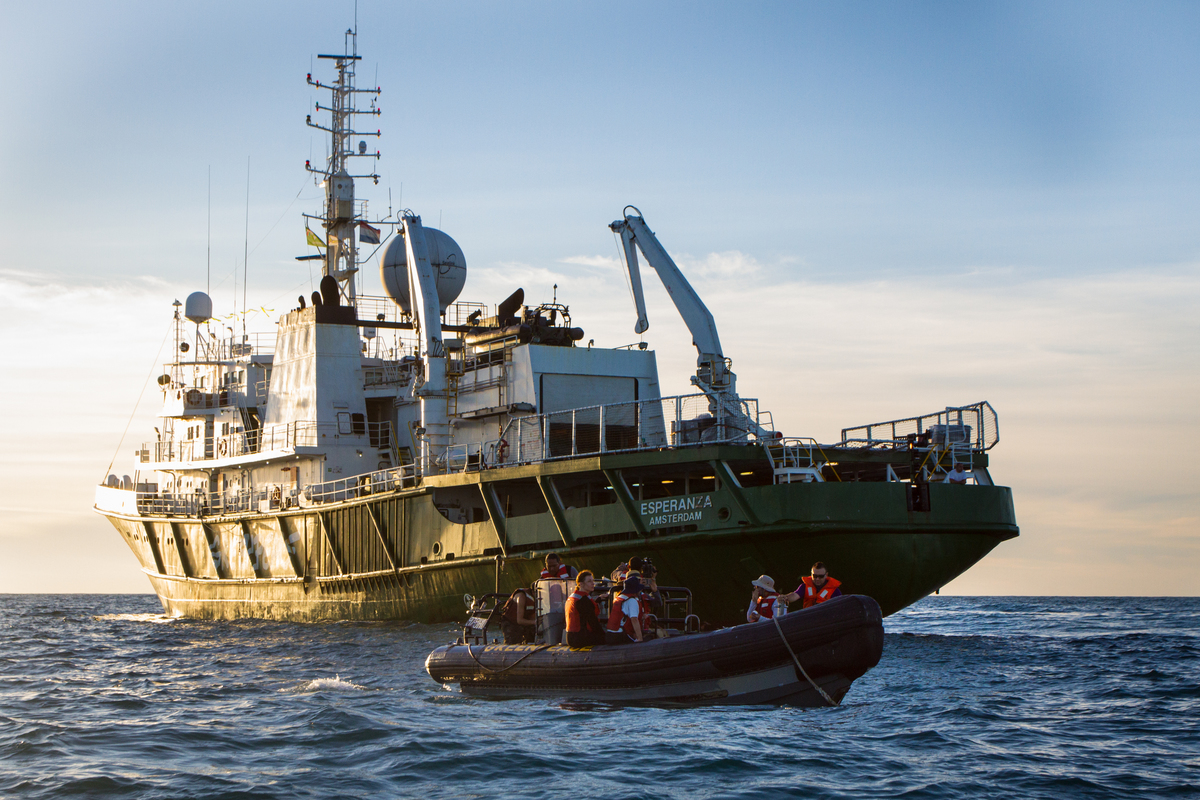
Greenpeace activists head out in an inflatable boat from the Greenpeace ship Esperanza to investigate the habitat of the endangered vaquita marina in the upper Gulf of California. © Carlos Aguilera / Greenpeace
The vaquita, a rare porpoise endemic to the Gulf of California, is threatened with extinction. The exact numbers are difficult to gauge, because it is difficult to track. Last year, the international vaquita recovery team (CIRVA) issued a report stating that there were likely only 97 vaquitas left in the world. This number was pulled from a range where 200 was the most optimistic figure and the lowest figure was 33. Since then, members of CIRVA have tested and tracked the vaquitas using vocalization probes. Unfortunately, their findings show the vaquita could number as few as 57.
This means that the vaquitas are bordering on complete extinction.
The main cause of death of these beautiful creatures are the gillnets, often used to catch another endangered species – the totoaba, whose bladders are highly prized in China as an expensive delicacy.
Greenpeace Mexico documented these illegal fishing operations off the coast of San Felipe, marked the nets, and reported their findings to the Environmental Police. The illegal nets were then removed by the Federal Attorney for Environmental Protection.
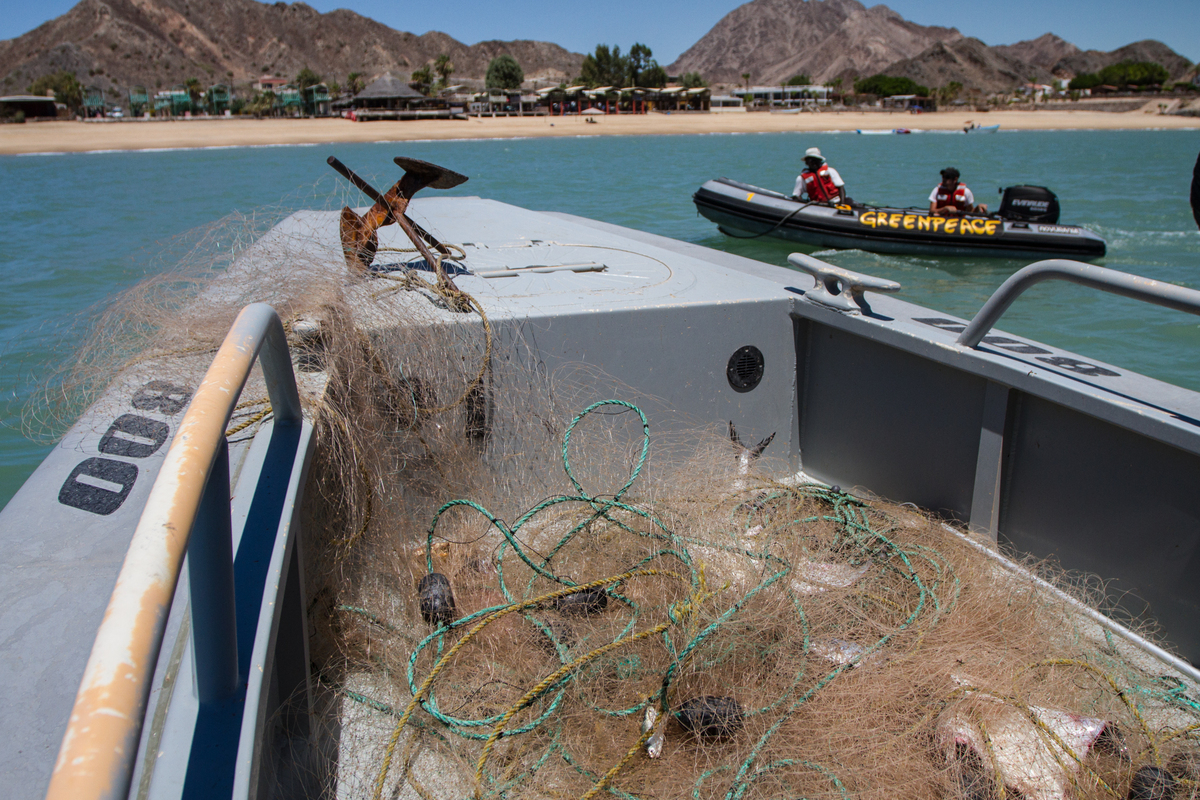
Vaquita Habitat Investigation in Mexico © Carlos Aguilera / Greenpeace
Unfortunately, though there is a two-year fishing ban in the area put in place by Mexican President Enrique Peña Nieto to protect the species, only two government officials are actually responsible for monitoring the perimeter of the marine reserve – which measures 11,000km2.
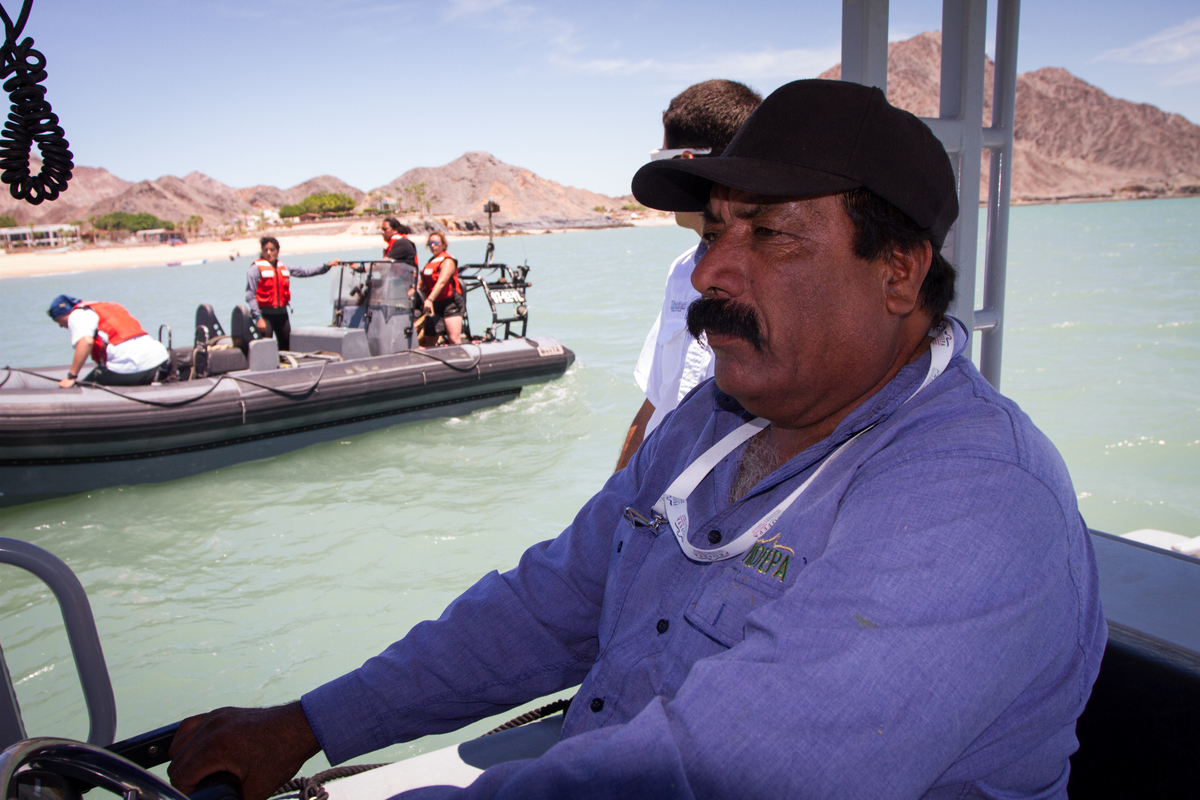
Greenpeace staff help local authorities locate illegal fishing nets. © Carlos Aguilera / Greenpeace
During the expedition, Greenpeace also met with local fishermen in San Felipe and Santa Clara, in order to begin a dialog and build solutions towards more sustainable fishing practices.
But the biggest challenge remaining is the end to the illegal fishing of the totoaba, for which these gillnets are meant.
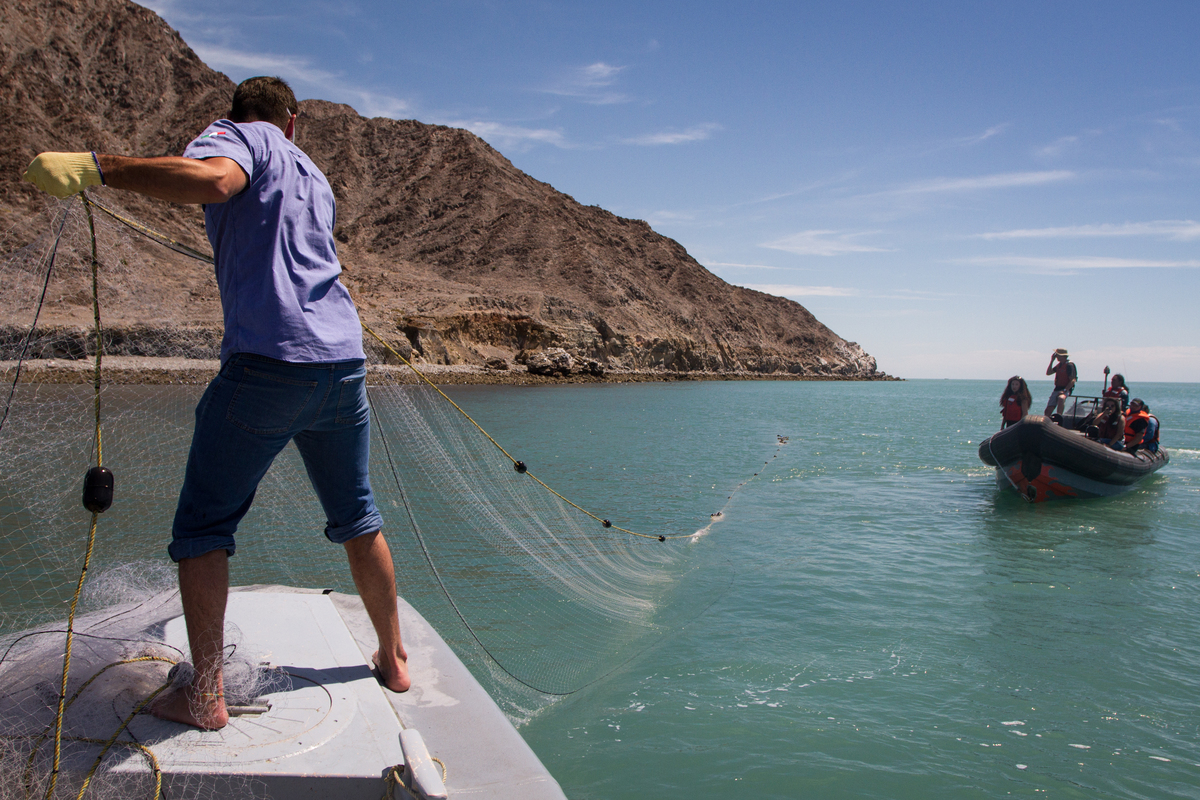
Greenpeace activists investigate the habitat of the endangered vaquita marina in the upper Gulf of California and locate illegal gillnets, which are contributing to the rapidly declining numbers of vaquita. © Carlos Aguilera / Greenpeace
“If there is no real effort to monitor the area for illegal fishing, the vaquita will disappear by 2018,” said Silvia Diaz, campaign manager for Greenpeace Mexico.
There is no time to lose in the race to save the vaquitas. If the Mexican government doesn’t do something to stop the death of the vaquita, this small porpoise could be extinct in just a couple of years.
Learn more about Greenpeace Mexico’s research www.greenpeace.org.mx (Spanish)
Maïa Booker is a Multimedia Editor for the Americas at Greenpeace USA.

